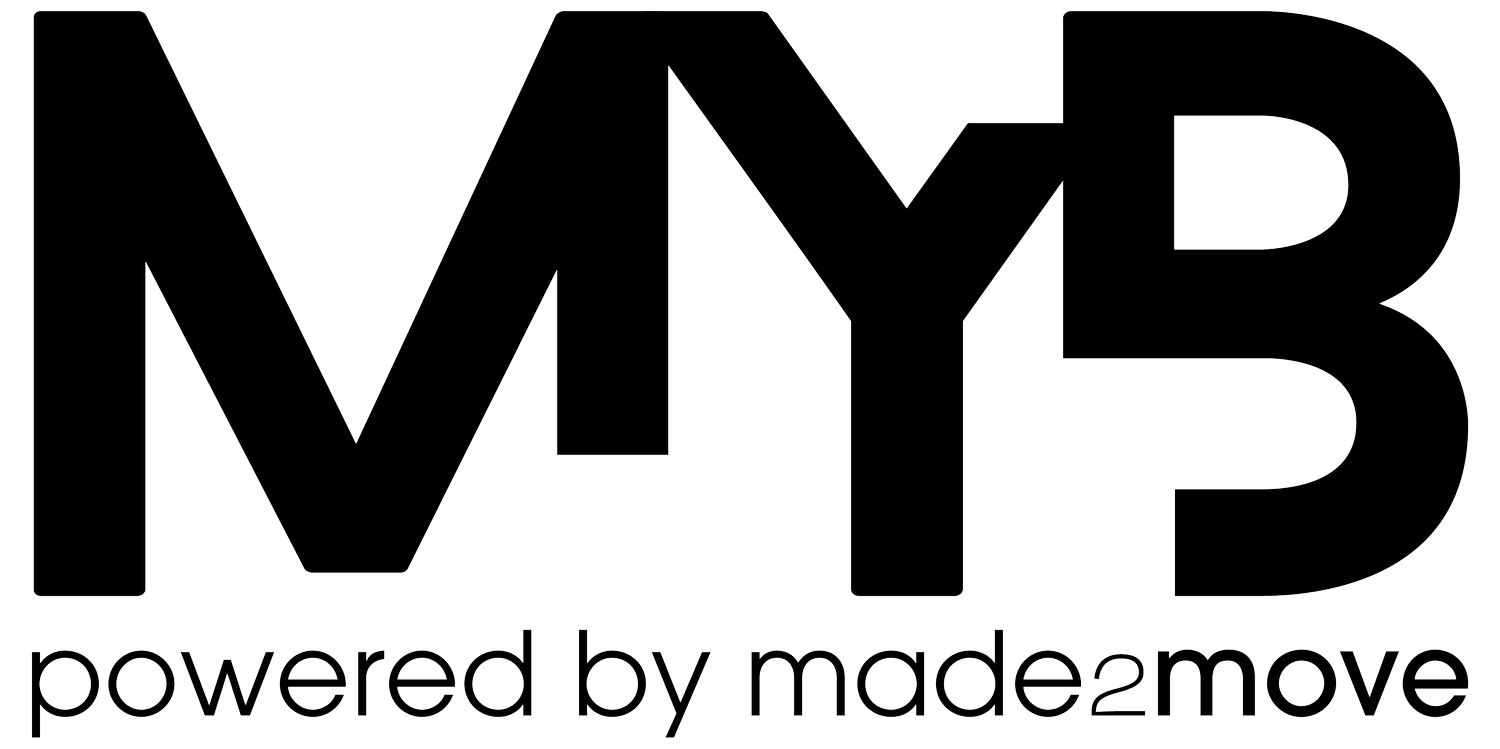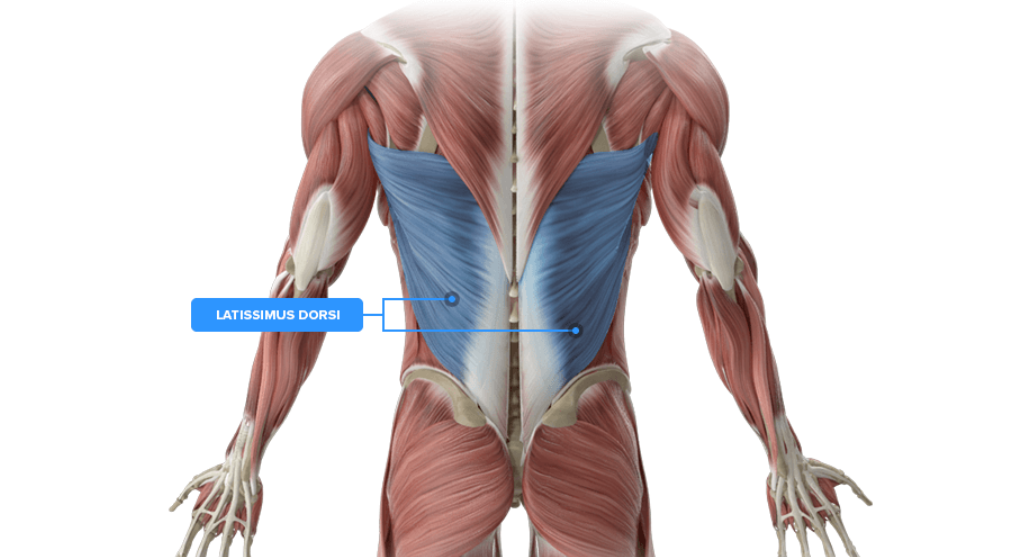4 Cues For Better Lat Engagement In The Deadlift
The conventional barbell deadlift is a compound exercise that targets multiple muscle groups and offers numerous benefits like full body strength, functional movement pattern training, core stability, increased muscle mass, lower back resilience, and just feeling like a total badass.
Although an amazing movement to train, a lot of people have trouble with optimal technique and execution of the deadlift. One of the most common faults I see with my clients and people around the gym is not engaging the lats enough before you pull the bar off the ground.
Lack of lat engagement can result in upper back rounding, insufficient tension before the pull, and the bar moving away from your body on the ascent or descent — all of which decrease your force output!
So where are the lats anyways? And what do they do?
LATISSMUS DORSI
The latissimus dorsi, commonly referred to as the lats, is a large muscle located in the back. The primary action of the latissimus dorsi is shoulder extension, which involves pulling the upper arm downward and backward. It is responsible for movements such as pull-ups, chin-ups, and rowing exercises. Additionally, the lats contribute to shoulder adduction (bringing the arm toward the midline of the body) and internal rotation.
The lats have a broad origin, spanning a large area on the back. They originate from several points, including:
Spinous processes of the thoracic vertebrae (T7-T12) and the lumbar vertebrae (L1-L5).
Thoracolumbar fascia (a connective tissue structure located on the lower back).
Iliac crest (the curved ridge on the upper border of the hip bone).
The lats insert into the humerus, specifically the intertubercular groove (also known as the bicipital groove or the groove of the biceps tendon). More specifically, the insertion points are as follows:
Medial lip of the intertubercular groove of the humerus.
Floor of the intertubercular groove.
When the lats contract, they pull on the humerus, contributing to the aforementioned actions of shoulder extension, adduction, and internal rotation.
It's important to note that the lats are large, powerful muscles that provide strength and stability to the upper body. Engaging the lats properly during exercises like deadlifts, rows, and pull-ups can help maintain proper alignment and generate force — now you can really see just how important they are!
THE CUES
Although a lot of coaches use the cue ‘get the lats tight,’ this doesn’t really click or carryover into the actual deadlift for the majority of clients. Instead, here are 4 BETTER cues that have worked for me and my clients:
‘Squeeze Lemons Under The Armpits’
Okay, okay, I know it sounds weird and gross, but it WORKS! Visualize holding a lemon between your armpits and squeeze it throughout the lift to make some lemonade. This cue encourages lat engagement and helps maintain upper back tightness.
‘Pont Elbows Back’
When the arms, and consequently lat, are relaxed at your sides, your elbows point out to the sides. In order to get the lats engaged and create tension, grab the bar with an overhand grip, then point your elbow back behind you. This will be the position you’ll need to be in before the bar leaves the ground!
‘Bend The Bar Around The Legs’
Imagine bending the barbell around your legs as you start the lift. This cue helps to engage the lats and create tension throughout the upper back. If you have trouble visualizing this, grab a thin PVC pipe, get into the deadlift position, and quite literally bend the pipe around the legs. You’ll really feels those lats kick on and your upper back get tight.
‘Tuck Shoulder Blades Into Back Pockets’
Your shoulder blades move in many different directions with two of those ways being up and down. We want to focus on the down portion of the scapulas. Think about tucking those shoulder blades into your back pockets. This will create tension in the lats and the upper back for the duration of your set.
There ya have it! If you want a visual of these cues in action, be sure to check out my Instagram post.
Remember that these cues are meant to be mental cues to help you focus on engaging your lats. Practice them with lighter weights first to develop the mind-muscle connection, and gradually incorporate them into your deadlift technique.
Of course, there are numerous other cues, but these are the ones that I’ve had most success with when correcting this technical error in the deadlift. Different cues resonate differently with different people — so if one doesn’t work, try a different one!
If you want a FULL deadlift breakdown, be sure to check out my YouTube video.
Don’t forget to MOVE YOUR BONES!





